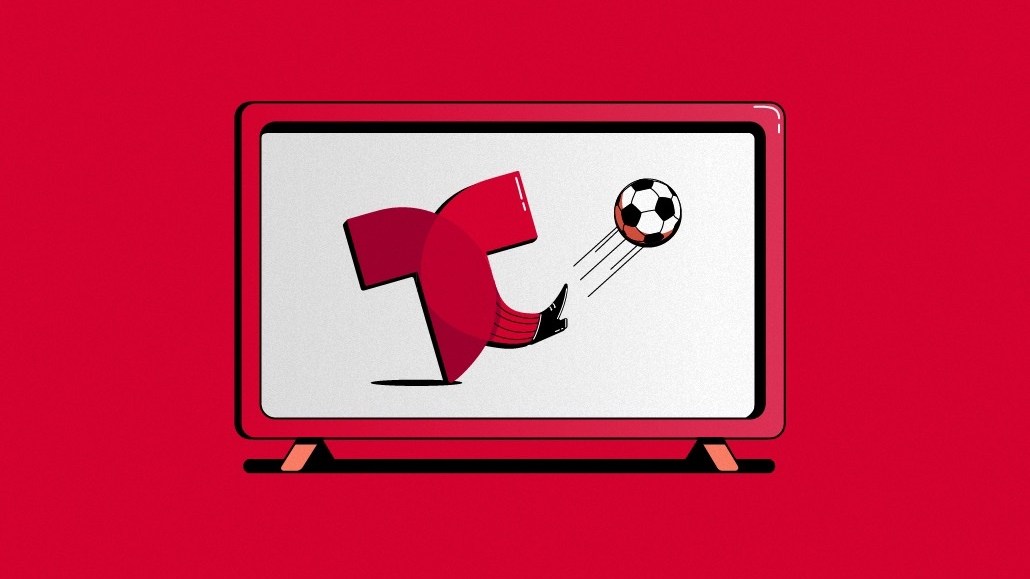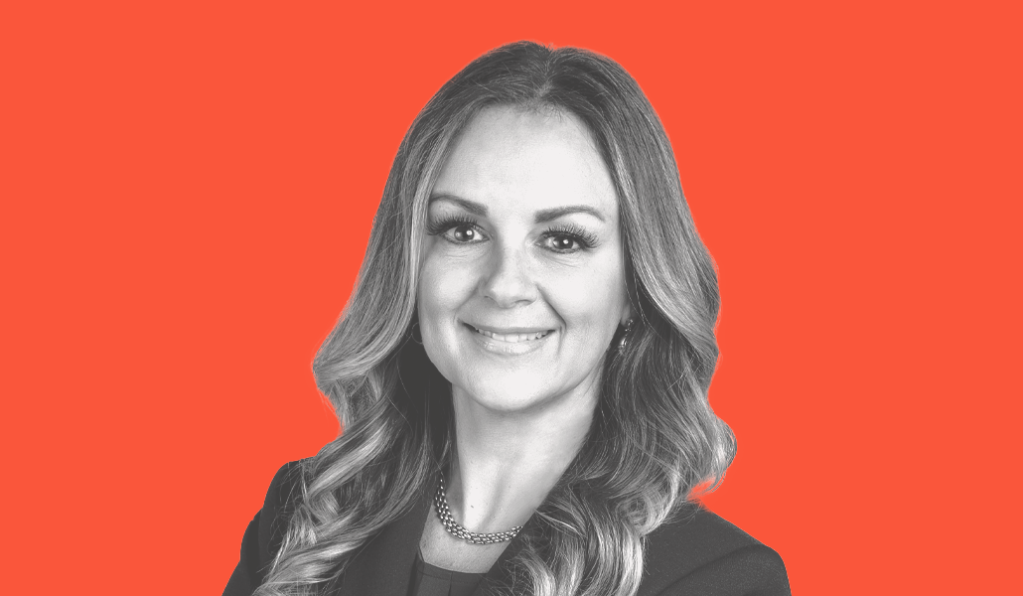Save 50% on a 3-month Digiday+ membership. Ends Dec 5.

The World Cup kicked off in Qatar and major brands have taken advantage of the moment of exposure. Among them is Hispanic television network Telemundo, and its parent company NBCUniversal, which is betting on a marketing strategy that takes advantage of the enormous growth of Hispanic consumers in the U.S.

Telemundo hopes the competition becomes the largest multi-platform sporting event in the world among its properties, including streaming on Peacock. The strategy is timely: this year, 67% of Hispanic viewers plan to watch the World Cup on broadcast TV, and 42% plan to stream the matches, according to a Telemundo market study titled, “The Future is fútbol.”
We spoke with Claudia Chagui, senior vice president of marketing and creative at Telemundo, who explained how her company will cover — and advertise around — the World Cup among its portfolio of brands after it acquired the rights to broadcast the FIFA World Cup in 2018.
This interview has been condensed and edited for clarity.
How was the planning process to determine the marketing strategy for the World Cup?
The FIFA World Cup is the biggest sporting event in the world, and the best time to fully engage with the Hispanic sports fan. For this year’s theme, we wanted to capture the unmatched excitement and passion that Latinos have for the World Cup and communicate that we live it like nobody else — that the World Cup’s cultural importance goes beyond the field, it transcends the game.
Ad position: web_incontent_pos1
We targeted maximizing our multi-platform promotion across Telemundo and Peacock, our sister networks, creative partnerships and more. We also focused on milestone timing, leveraging big cultural moments like the Super Bowl, and most importantly, developing creative pieces that connect with our fans and the “soccer fandom.”
What was the biggest challenge for Telemundo when FIFA awarded it Spanish language rights for the U.S. for the 2018 and 2022 World Cups?
In 2018, we got a taste for the power of streaming and in 2022 we’re all in with the most comprehensive viewing experience possible, with the World Cup on Peacock. The incremental viewership from live streaming helped make the 2018 FIFA World Cup the biggest multi-platform sports event in Spanish-language history. This year, the World Cup is expected to be even bigger.
In 2022 we’re operating in a completely “multi-platform” media space — and committed to delivering the most digital World Cup ever — with a 24/7 streaming home on Peacock. In fact, Peacock is the only direct-to-consumer streaming service in the United States to simulstream live coverage of all 64 matches.
How has advertisers’ engagement with Hispanic audiences evolved, especially in the face of World Cup coverage?
Ad position: web_incontent_pos2
The Hispanic opportunity is bigger than ever. U.S. Hispanics represent nearly 1 of every 5 Americans and account for over half of U.S. population growth over the past 10 years. However, for too long, engagement with the Hispanic consumer was just another box to check rather than viewed as an increasingly influential audience. But that has finally began to change. We see it all the time, when brands believe and invest in Hispanic audiences, they see growth and engagement. And when marketers lean into language and into culture, that connection is deeper and results in a greater impact. There is no better time to fully embrace and engage the Hispanic sports fan.
What sponsors have you secured for this year’s match?
We’re teaming up with three world leading brands as presenting sponsors including Ford’s pre-game show, T-Mobile’s half-time show and Coca-Cola’s post-game show and tapping into new and existing partners alike. This year we’re working with more than 20 new advertisers across auto, retail, QSR, wireless categories and more, and exceeding growth since the FIFA World Cup Russia 2018.
Continuing in the sports field, Telemundo was the first network in Spanish to broadcast Super Bowl LVI. What was that marketing experience like?
The Super Bowl was a huge marketing opportunity. We kicked off the year with a spot that premiered during the Super Bowl for NBC and Telemundo, and we were able to merge the worlds of fútbol and football. This merging of worlds will happen during the World Cup as well with the famous Thanksgiving night football game and the soccer matches that will happen around that same time.
More in Marketing

Ulta, Best Buy and Adidas dominate AI holiday shopping mentions
The brands that are seeing the biggest boost from this shift in consumer behavior are some of the biggest retailers.

U.K. retailer Boots leads brand efforts to invest in ad creative’s data layer
For media dollars to make an impact, brands need ad creative that actually hits. More CMOs are investing in pre- and post-flight measurement.

‘AI is permeating everything we do’: How Guitar Center developed 2 AI tools this year
This summer, the company launched a chatbot called Rig Advisor to help customers find the right instruments and products.
Ad position: web_bfu



